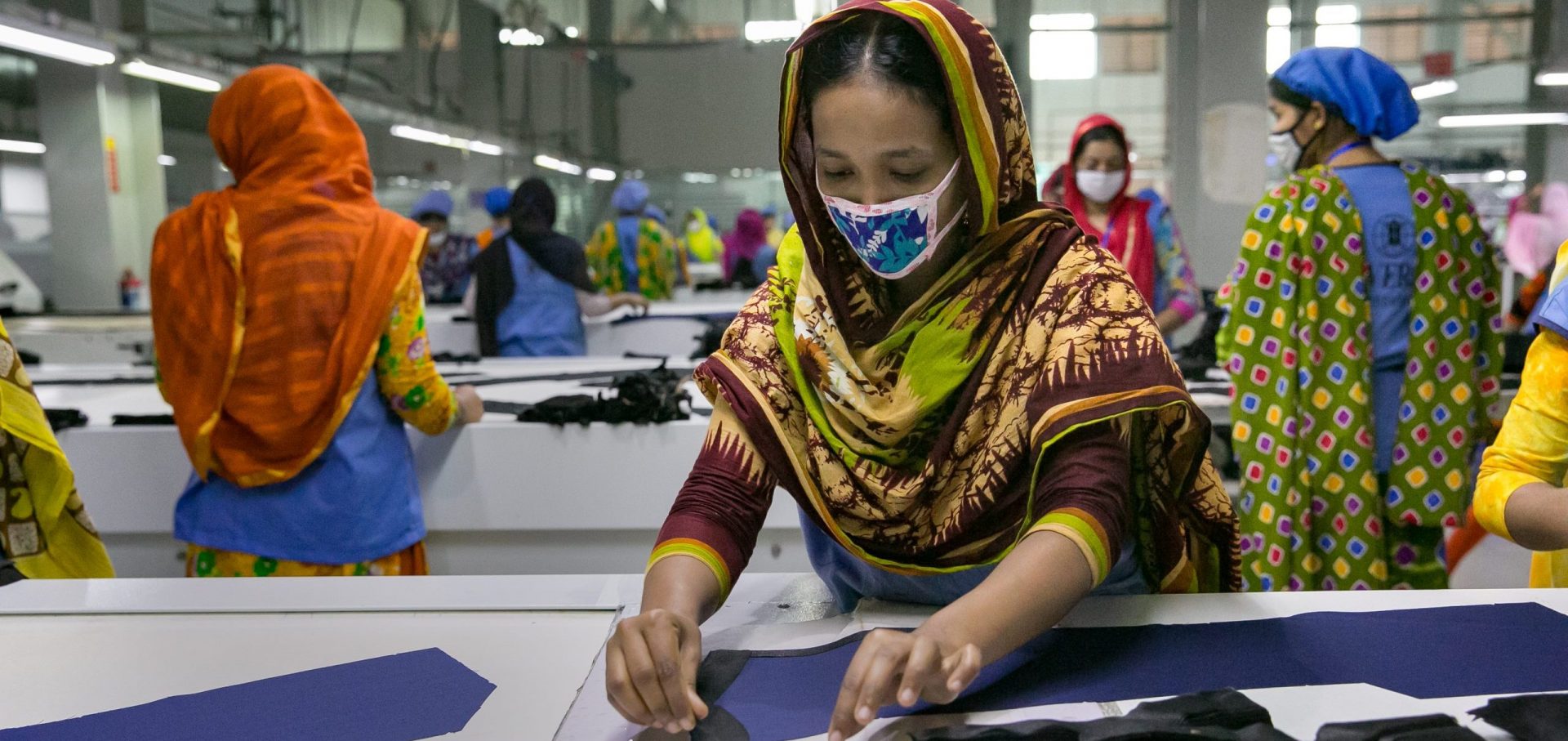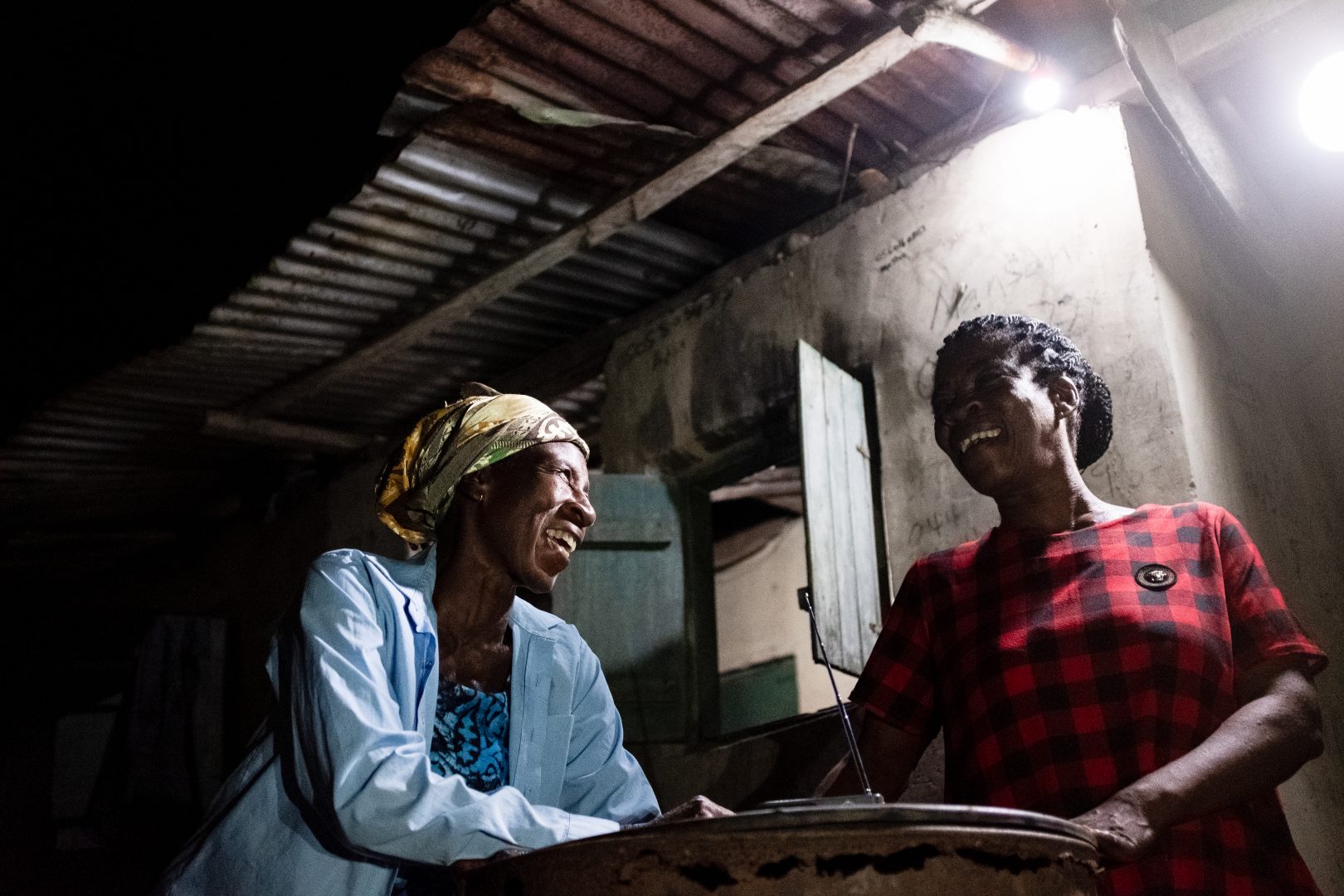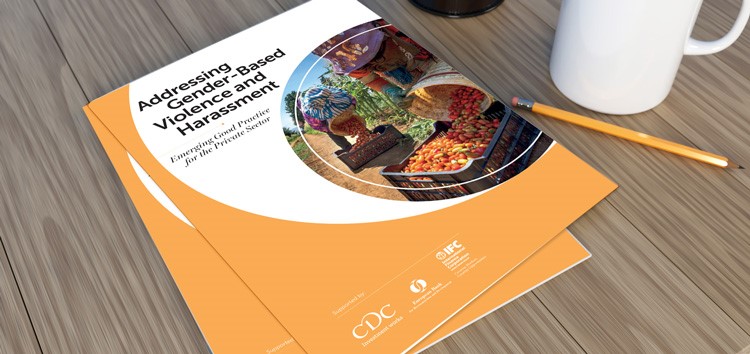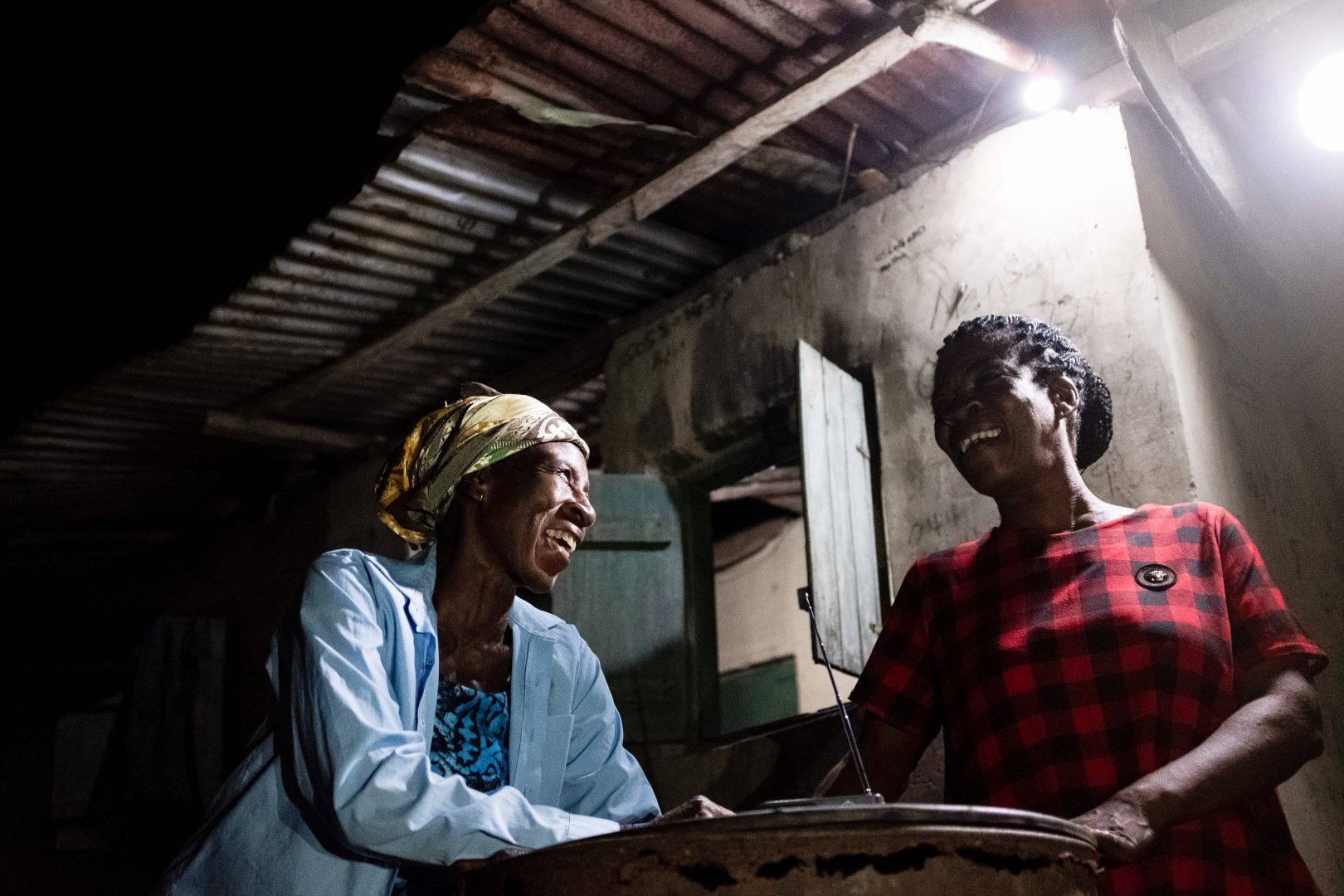Gender-based violence and harassment (GBVH) is a widespread and serious global issue that affects individuals in the workplace, their communities, and homes. Gender-based violence and harassment is an umbrella term and can take many forms including physical, psychological, sexual or economic harm – and is characterised by being directed at a person because of their sex or gender, or by disproportionately affecting persons of a particular sex of gender. While gender-based violence and harassment can affect anyone, it disproportionately affects women and girls: an estimated one in three women worldwide has experienced some form of physical or sexual violence.
In addition, domestic violence and harassment increase during public health emergencies such as the COVID-19 pandemic. The United Nations Population Fund Impact assessments estimate an additional 31 million cases of gender-based violence perpetrated in the first six months alone of the pandemic.
There is growing recognition that the private sector has an important role to play to address gender-based violence and harassment. For companies and investors, violence and harassment due to gender can pose a range of risks, including litigation, loss of profits and reputational damage. Addressing the risks can have many business benefits, such as improved productivity and performance, reduced accident potential, improved access to skills and talent, and improved stakeholder relations.
That’s why CDC, in partnership with the European Bank for Reconstruction and Development (EBRD) and the International Finance Corporation (IFC), developed guidance that provides emerging good practice in addressing gender-based violence and harassment risks for companies and investors, with an emphasis on emerging markets.
While gender-based violence and harassment is systemic, it can also be difficult to detect, and it requires training to respond to it appropriately. As more private sector players realise the importance of addressing gender-based violence and harassment, it is essential that they know what to do – and what not to do. The guidance provides an understanding of what gender-based violence and harassment is and the business case for addressing it, as well as emerging good practice and tools on how to assess and strengthen systems to manage risks and respond to reports – all while maintaining a survivor-centric approach. The guidance is sector-agnostic but we have also developed three sector-level briefs covering the specific risks and benefits of addressing gender-based violence and harassment in the public transport, manufacturing, construction, education, agribusiness and hotels, catering and tourism (HCT) sectors.











